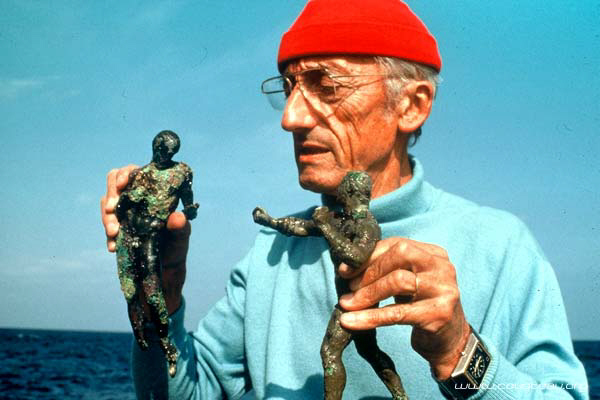Legacy of a legend
- On 09/11/2010
- In People or Company of Interest
- 0 comments

By Allan Koay - The Star
This year marks the 100th anniversary of the birth of a pioneer who changed the world and its oceans forever.
The legendary Captain Jacques-Yves Cousteau originally planned to pursue a career in naval aviation. But a road accident dashed his hopes and he turned to the oceans instead.
Born in 1910 in Gironde, France, Cousteau graduated from the French Naval Academy as a gunnery officer. He started his underwater experiments even while in the navy. He worked in information service and was sent on missions to various countries in the late 1930s.
A few years after his marriage to Simone Melchior, World War II broke out and the couple and their two sons, Jean-Michel and Philippe, moved to Megeve where Cousteau met mountaineer Marcel Ichac.
Sharing a love for exploring the unknown, Cousteau and Ichac made the first French underwater film, 18 Metres Deep, shot by free-diving into the sea.
The film won a prize at the Congress Of Documentary Film in 1943. Also in that year, Cousteau, then 33, used a prototype of the aqualung which he had developed with French-Canadian engineer and inventor Emile Gagnan.
After undertaking various expeditions and an archaeological dive to a wreck in Tunisia, Cousteau left the navy in 1949. The next year he founded the French Oceanographic Campaigns, and leased the now-famous Calypso, retrofitting it with a laboratory.
Among the things he pioneered during his long career, Cousteau – along with Jean Molland – created the diving saucer, a mini-submersible that carries a crew of two and can go as deep as 350m. In the 1960s, another smaller, one-man version called the Sea Flea was created that could dive to a depth of 500m.
And while astronauts experimented with living in space stations, Cousteau had the vision of “oceanauts” living underwater for long periods. The Conshelf was created as a kind of “underwater village”. By 1965, the Conshelf III was born which could house up to six oceanauts for up to three weeks.
Cousteau also envisioned a propulsion system that partly uses clean renewable energy such as the wind, and the Turbosail was born. He also correctly predicted the sonar-like capabilities of dolphins when he noticed the movements of a group of porpoises that followed his research vessel.
Throughout his career, Cousteau made over 120 TV documentaries and wrote over 50 books. In 1956, his film, The Silent World, co-produced with a young Louis Malle, won the Palme d’Or at the Cannes Film Festival.
Add a comment